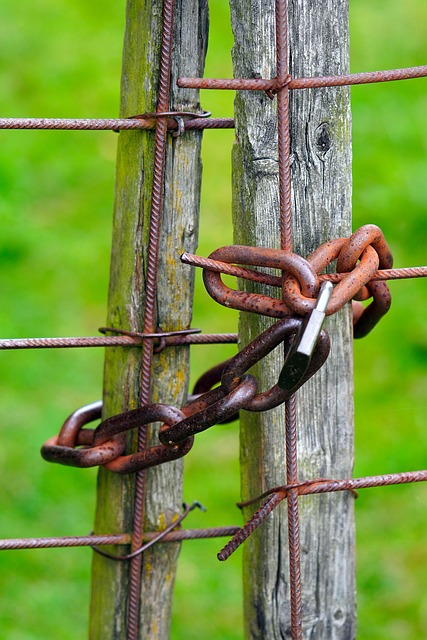Rust weakens structures and accelerates damage by reacting to oxygen and moisture. Effective rust repair involves meticulous removal of corrosion and surface preparation for new coatings. Right tools (wire brushes, sandpaper) and safety measures are essential. Initial steps include removing loose rust, dirt, and grease. Select the right rust repair methods based on damage, type, budget, outcome, and skill level. Final touches: thorough cleaning and regular maintenance with wax or protectants. Always prioritize structural integrity.
Restoring metal to its former glory involves a meticulous process, especially when dealing with rusted surfaces. This comprehensive guide delves into the art of revitalizing metal, offering valuable insights for DIY enthusiasts and professionals alike. We explore the science behind metal rust and damage, providing essential safety precautions for effective repair. Learn about advanced surface preparation techniques, the importance of choosing the right restoration methods, and expert tips for a lasting finish. Discover how to select the best Rust Repair solutions for various metal surfaces, ensuring long-lasting protection.
- Understanding Metal Rust and Damage
- Tools and Safety Precautions for Repair
- Surface Preparation and Cleaning Techniques
- Selecting the Right Restoration Methods
- Final Touches and Maintenance Tips
Understanding Metal Rust and Damage
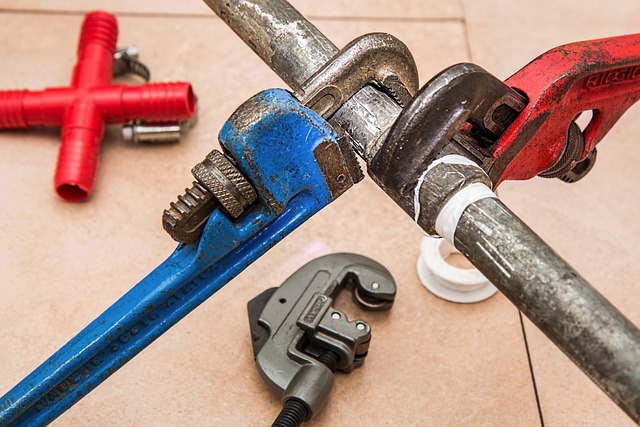
Metal rust is a common issue that can significantly deteriorate the appearance and structural integrity of various metal surfaces. It’s essential to understand that rust is more than just a cosmetic concern; it weakens the metal, making it brittle and susceptible to further damage. The process begins when metal comes into contact with oxygen and moisture, leading to corrosion. Over time, this corrosion forms a reddish-brown substance known as rust, which can spread across the surface. This not only affects the aesthetic appeal of objects like furniture or architectural elements but also poses structural risks, especially in critical components of machinery or vehicles.
When dealing with metal restoration, selecting the right Rust Repair method is crucial for long-term solutions to rust. Restoring old rusty objects requires careful consideration as it involves removing the existing corrosion and preparing the surface for new coatings or treatments. For instance, restoring rusty furniture not only involves fixing structural damage but also achieving a seamless finish that matches the original appearance. The process typically includes sanding, priming, and painting, ensuring that the treated item is protected against future rust formation.
Tools and Safety Precautions for Repair
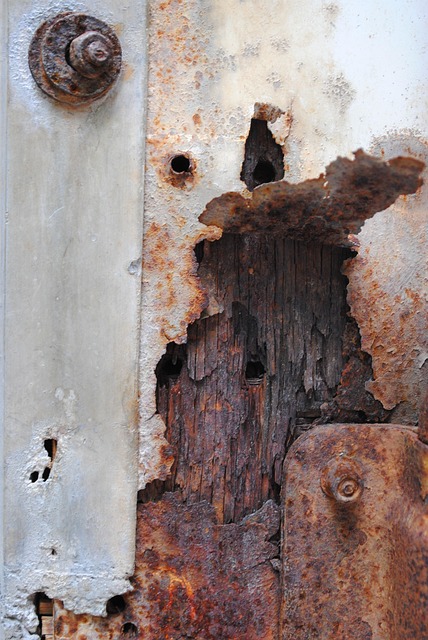
When restoring metal to its new condition, selecting the right Rust repair tools is essential for achieving a lasting result. For home rust removal tips, consider investing in a good set of wire brushes, sandpaper (with varying grits), and a power drill with different attachments. These tools will help you scrub away old paint and corrosion, smooth the surface, and prepare it for painting or coating. Industrial strength rust inhibitors can also be applied after cleaning to prevent future rust formation, especially in environments where moisture is prevalent.
Safety should always be a priority during any repair process. Wear protective gear, including gloves, safety glasses, and a mask to shield yourself from harmful chemicals and dust particles. Ensure proper ventilation in the workspace, as some rust removal products can release toxic fumes. Preventing rust in storage is crucial too; keep metal items dry, well-oiled, or coated to protect them from moisture and airborne contaminants that can accelerate rusting.
Surface Preparation and Cleaning Techniques
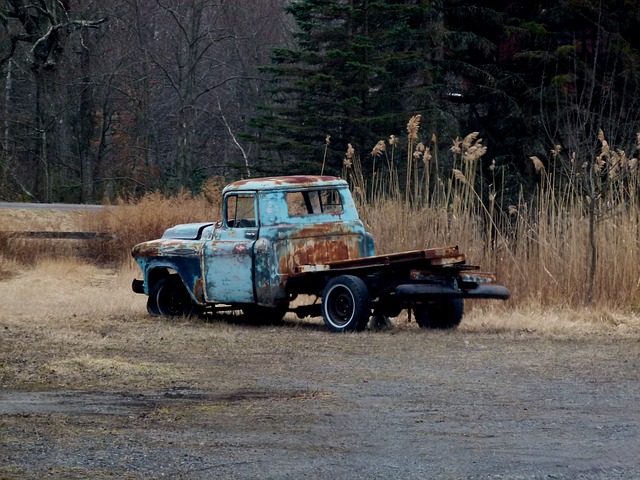
Restoring metal surfaces to their former glory involves a meticulous process that begins with proper preparation and cleaning. Before applying any repair or coating, it’s crucial to thoroughly clean the metal surface to ensure optimal adhesion and long-lasting results. The initial step in this process is removing any loose rust, dirt, grease, or paint using specialized tools like wire brushes, sandpaper, or power washers. This physical removal is essential to expose the bare metal, which will allow for better penetration of the selected rust repair method.
Among the various surface preparation techniques, select rust repair methods play a significant role in achieving a new-like finish. Industrial rust elimination products, often containing powerful chemicals, can effectively strip away corrosion. Alternatively, natural rust remover solutions derived from substances like lemon juice or vinegar offer eco-friendly options for light rust removal. For heavy-duty applications, industrial strength rust inhibitors are recommended to provide long-term protection against future rust formation. These inhibitors create a protective barrier on the metal surface, ensuring it remains in pristine condition even under harsh conditions.
Selecting the Right Restoration Methods
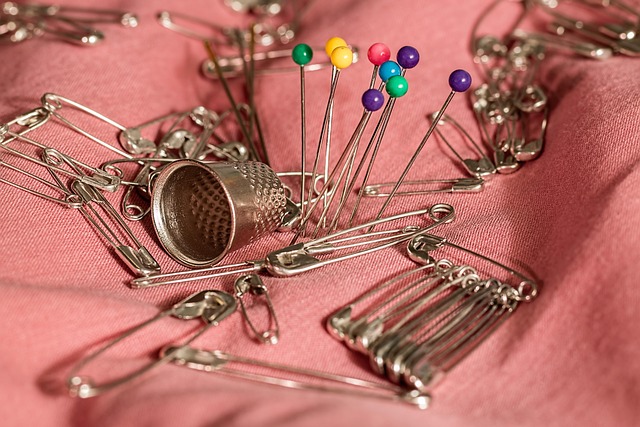
When it comes to restoring metal to its new condition, selecting the right restoration methods is paramount. The first step in achieving this involves assessing the extent of damage and identifying the specific type of rust present. Different metals require tailored care; for instance, auto body rust fix techniques may vary significantly from those used on architectural structures.
Among various rusty metal cleaning techniques, the selection should be guided by factors such as budget, desired outcome, and skill level. Effective rust prevention strategies involve regular inspections, immediate repairs, and the application of protective coatings. Whether tackling a minor issue with simple tools or investing in professional services for severe cases, choosing the appropriate restoration method ensures that the metal not only looks new but also remains robust and durable in the long term.
Final Touches and Maintenance Tips
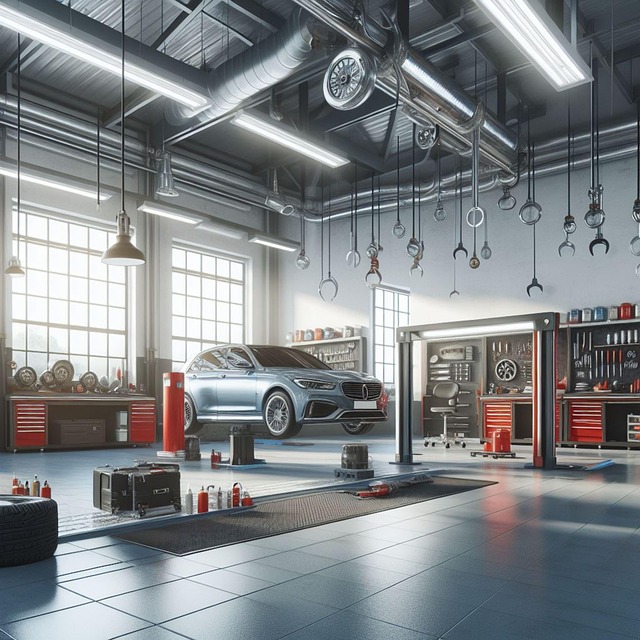
After meticulously repairing and restoring your metal surfaces, it’s crucial to apply the final touches that will ensure longevity and a sleek finish. This involves a thorough cleaning with mild detergents or eco-friendly rust removers to remove any residue. The use of microfibers or soft brushes can help achieve this without causing damage. Once clean, inspect the area again for any missed spots or lingering rust, addressing them promptly.
Regular maintenance is key to preserving your restored metal. Implement effective rust prevention strategies like regular waxing or coating with automotive-grade protectants. These steps act as a barrier against moisture and environmental contaminants, which are primary catalysts for rust formation. For vehicles, consider periodic checks and applications of rust remover to address any early signs of corrosion, ensuring the protection extends beyond aesthetics to structural integrity.
Restoring metal to its former glory is a rewarding process that not only breathes new life into old items but also ensures their longevity. By understanding metal rust and damage, using the right tools and safety precautions, employing effective surface preparation techniques, and selecting appropriate restoration methods, you can achieve impressive results. Remember, the key to successful metal restoration lies in meticulous attention to detail during each step, from initial assessment to final touches. So, whether you’re a professional restorer or an enthusiastic DIYer, armed with the right knowledge and tools, selecting the best rust repair techniques will ensure your restored metal pieces are as good as new.
